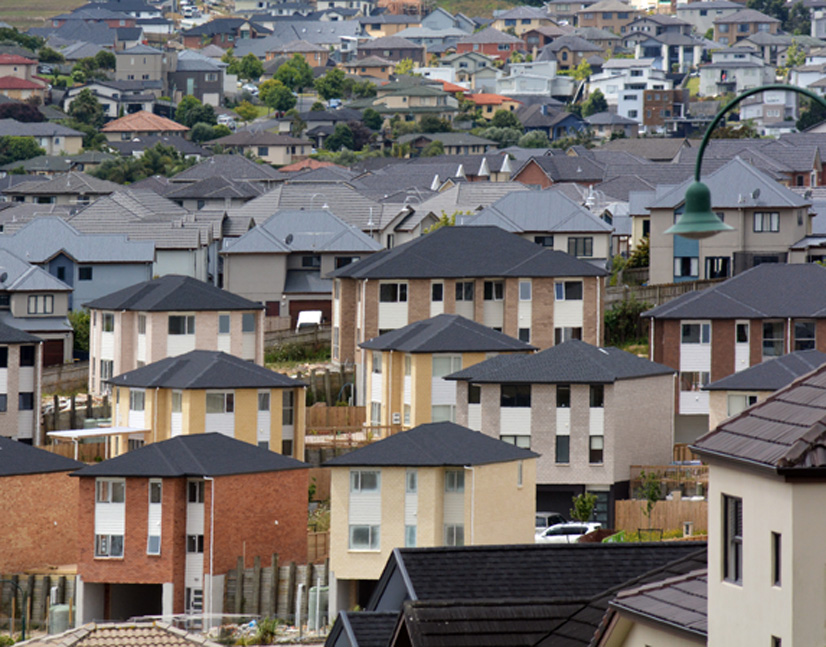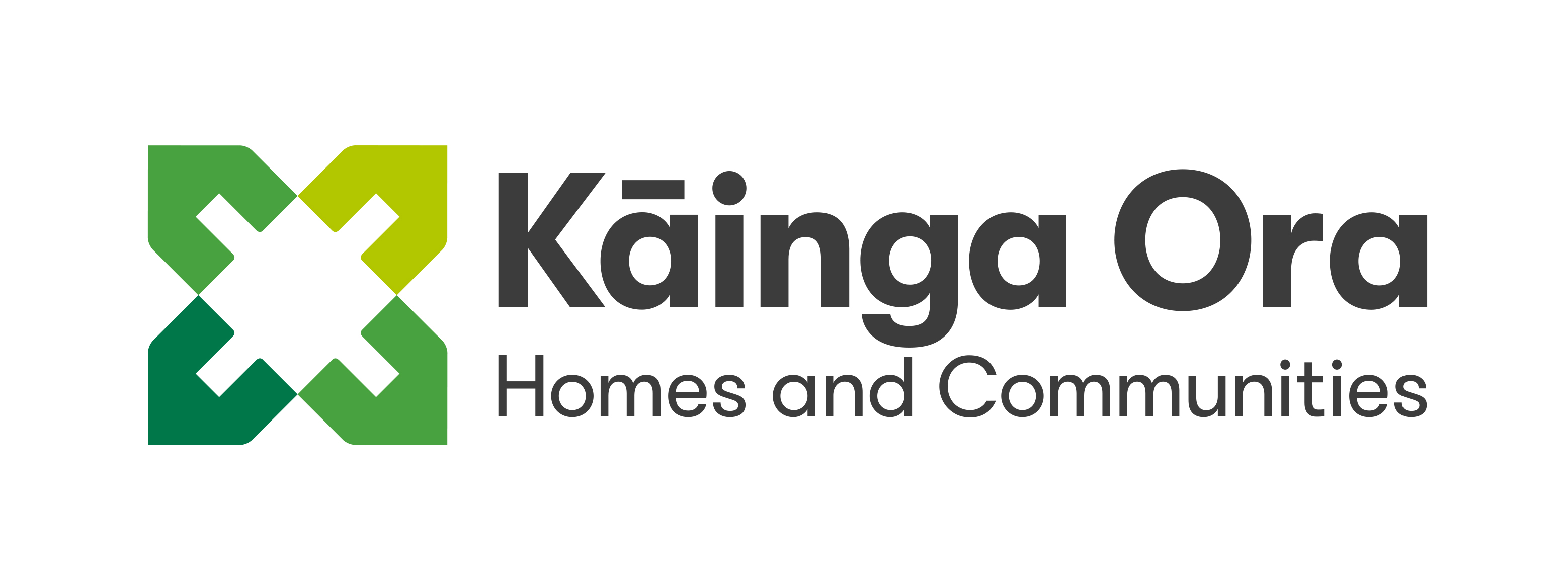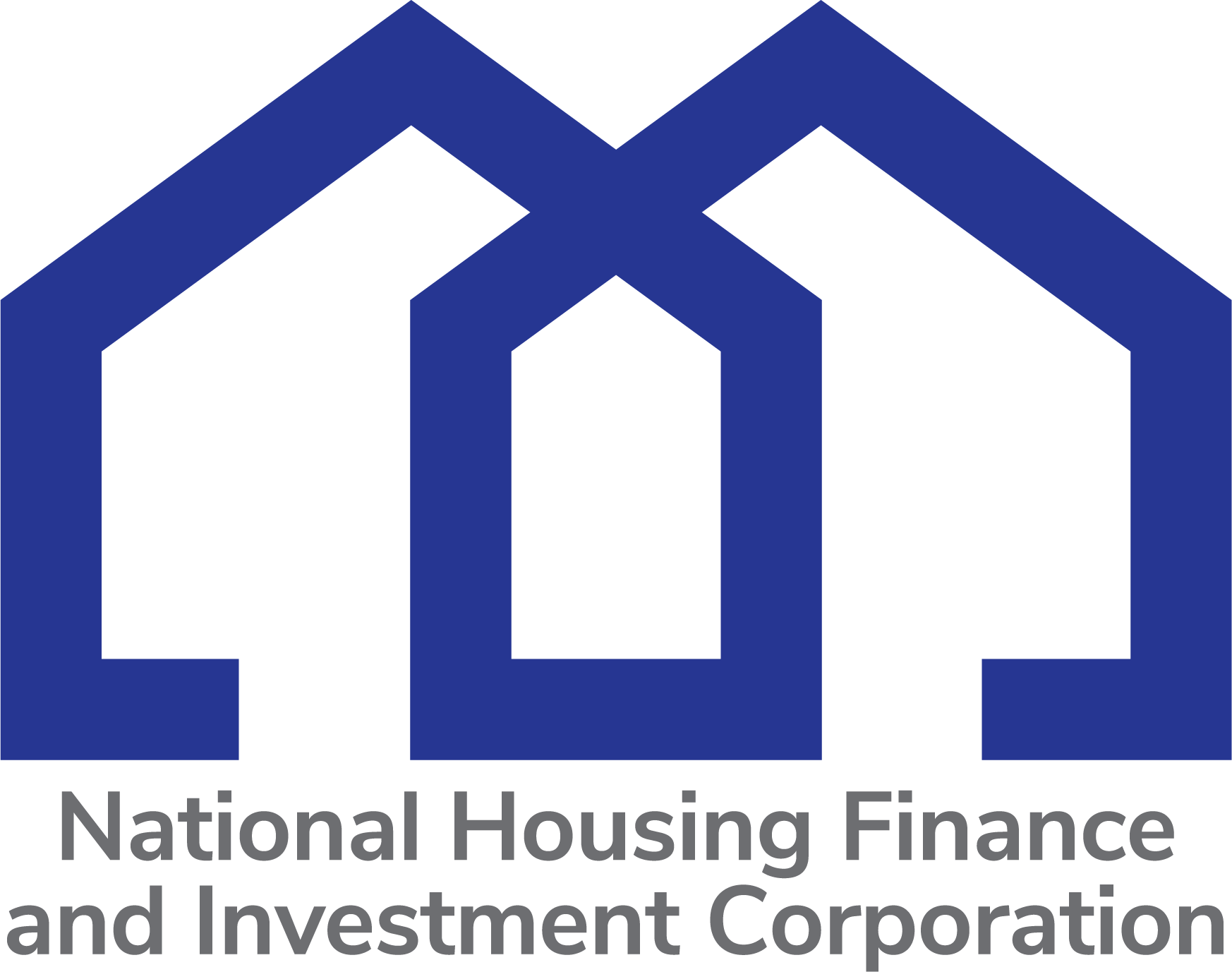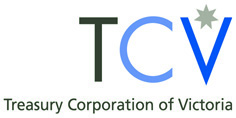Latest News
Kāinga Ora – Homes and Communities (Kāinga Ora) brings together multiple agencies. Sam Direen, Wellington-based treasurer, tells KangaNews about operational changes, sustainability debt and investor engagement.
National Housing Finance and Investment Corporation (NHFIC) priced its debut and follow-up bond transactions in 2019. The agency’s Sydney-based chief executive, Nathan Dal Bon, speaks to KangaNews about the development of its issuance strategy, longer-term goals for curve building and investor engagement, and the tangible outcomes its assets offer investors.
New Zealand Local Government Funding Agency (LGFA) issued its first syndicated transaction in 2019. Mark Butcher, LGFA’s Wellington-based chief executive, tells KangaNews about the change in strategy, extended tenor and membership growth.
Fiona Trigona, head of funding and balance sheet at New South Wales Treasury Corporation (TCorp) in Sydney, tells KangaNews about the agency’s increased funding requirement, its debut sustainability bond and the market reception for its first sustainability bond programme annual report.
Grant Bush, deputy chief executive and managing director, funding and markets, at Queensland Treasury Corporation (QTC) in Brisbane, discusses the state’s debt profile, infrastructure spending, ESG initiatives and exposure to natural disasters.
South Australian Government Financing Authority (SAFA) is committed to using an alternative reference rate (ARR), having issued the first Australian overnight index average (AONIA)-linked transaction. Andrew Kennedy, director, treasury services at SAFA in Adelaide, shares the latest on interbank offered rate (IBOR) transition, the state’s funding programme and sustainability.
Treasury Corporation of Victoria (TCV) has its most substantial funding task in recent memory. Melbourne-based senior risk manager, Paul Kelly, and managing director, Bill Whitford, discuss the prospects this brings for curve extension and labelled issuance.
Western Australia (WA)’s budget bottom line has been improving. Western Australian Treasury Corporation (WATC)’s Perth-based chief executive, Kaylene Gulich, and head of financial markets, Vince Cinquina, talk about how the issuer has accomplished this and WATC’s current borrowing programme.
By their nature, semi-government issuers should have access to plenty of options suitable for use-of-proceeds green, social and sustainability (GSS) bond issuance. Identifying, labelling and reporting on them is the challenge.
Catastrophic flooding, drought and bushfires ravaged Australia during 2019 and early 2020. State and sovereign borrowers outline the mechanisms that come into play to ensure funding requirements do not blow out as a result.
Market participants expect government-sector borrowers to be the primary beneficiaries if the Reserve Bank of Australia (RBA) does enact any form of QE in 2020. Issuers are not counting on it but agree that it is on the minds of investors, especially from offshore.
One of the more interesting anomalies of sustainability-linked securities is that investors can benefit, in the form of margin step-ups, from a borrower’s poor sustainability performance. The market is still discussing the most appropriate response.

















